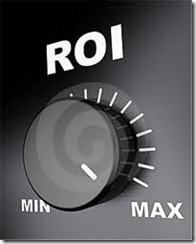 This continues our series on financial stresses affecting the middle class
This continues our series on financial stresses affecting the middle class
Changes in U.S. Family Finances from 2007 to 2010: Evidence from the Survey of Consumer Finances, (Federal Reserve Bulletin, June 2012) , highlighted “The share of total assets of all families attributable to unrealized capital gains from real estate, businesses, stocks, or mutual funds fell 11.6 percentage points, to 24.5 percent in 2010.” (p2)
Overview
“Housing was of greater importance than financial assets for the wealth position of most
families.
- National Home Price Index fell 22.4% between September 2007 and September 2010
- House prices were fully 27.5 percent below the peak achieved in April 2006
- Decline in house prices was most rapid in states where the boom had been greatest
- California, Nevada, Arizona, and Florida saw declines of 40 to 50 percent
- Iowa saw a decline of only about 1 percent
Homeowners Versus Renters
“The role of the decline in housing values in explaining median and mean wealth losses across various demographic groups, there are large differences in net worth changes by housing status.
- Median net worth for homeowners fell 29.1% 2007-2010…the mean fell 12.7%
- Decline in median net worth for renters was only 5.6%, though the decline in the mean was much larger at 23.4%.
- Renters have much lower median and mean net worth than homeowners
- Value of wealth losses for the renter group tended to be much smaller; for example,
- Median net worth of renters fell $300 over the three-year period
- In contrast with $71,500 for homeowners.”
Primary Residences
- Median and mean values of the primary residences of homeowners fell 18.9% & the mean fell 17.6%
- Losses in the median and mean translated into large dollar losses: $39,500 for the median and $55,700 for the mean.
Homeowners in virtually all demographic groups saw losses in the median, and most of those losses were substantial.”
Monday we will review the impact of debt on the middle class between 2007 and 2010










